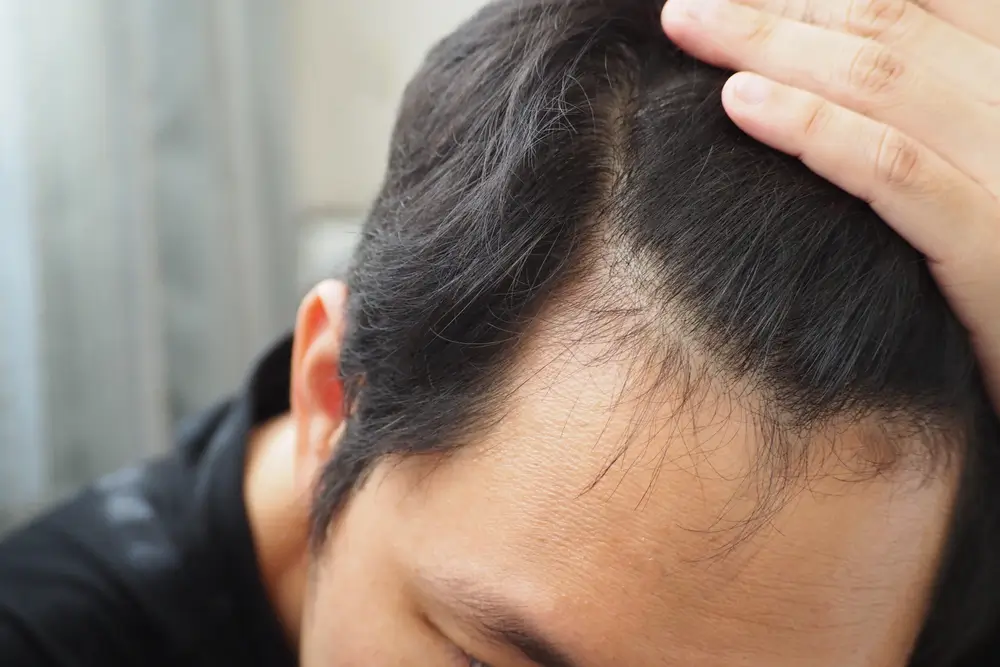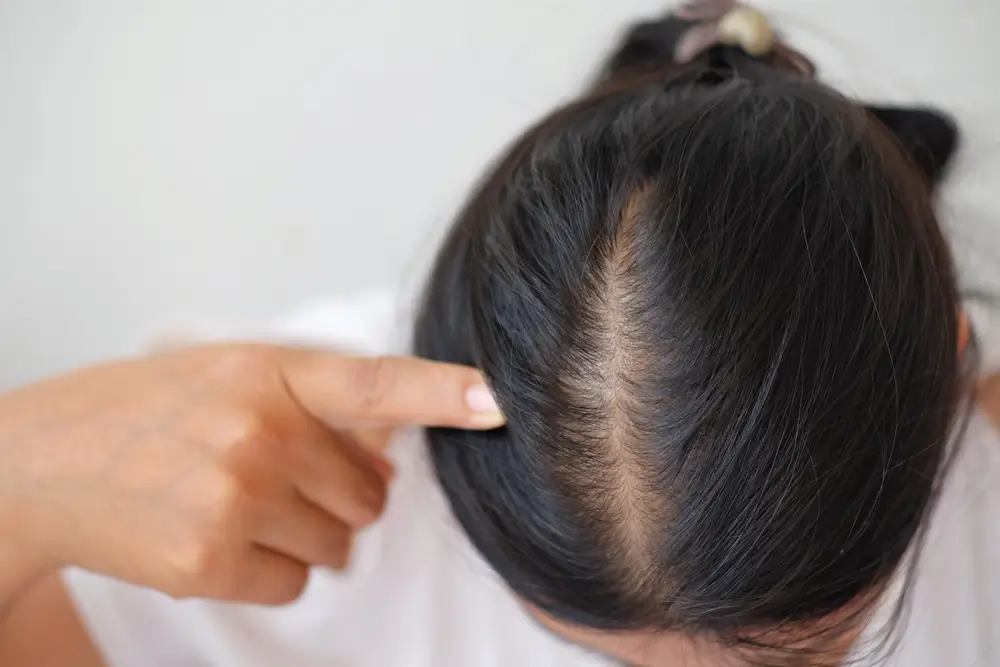- Call Today 8002558860
- Open Hour 09:00 AM to 09:30 PM
Chemical peels involve applying a chemical solution to the skin to remove its outer layers, revealing fresher, more youthful skin. This procedure can be used to reduce or eliminate fine lines and wrinkles, acne, scars, uneven skin tone, and other skin issues. The type of chemical used and the depth of the peel will depend on the specific condition being treated.

Chemical peels, also referred to as chemexfoliation or dermapeeling, are a type of skin treatment that uses a chemical solution to enhance the appearance of the skin. The solution is applied to the skin, causing damage to the upper layers, which eventually peel off, revealing smoother, more youthful-looking skin with fewer wrinkles, a more even skin tone and a brighter complexion.
Chemical peels come in three different variations:
A light chemical peel involves the application of a chemical solution, usually containing glycolic or salicylic acid, to the skin using a brush, cotton ball, gauze or sponge. The skin may turn white during the treatment and a mild stinging sensation may be felt. The chemical solution is then removed using a neutralizing solution or wash.
A medium chemical peel involves the use of a chemical solution containing trichloroacetic acid, which may be combined with glycolic acid, applied to the skin using a cotton-tipped applicator or gauze. The skin may turn white during the treatment. Cool compresses and a hand-held fan are used to soothe the treated skin, there is no need to use a neutralizing solution. The treatment may cause stinging and burning for up to 20 minutes.
A deep chemical peel involves the application of carbolic acid (phenol) to the skin using a cotton-tipped applicator. The skin may turn white or gray during the treatment. To limit exposure to phenol, the procedure is done in stages, with 15-minute intervals between applications. A full-facial treatment usually takes around 90 minutes, and the patient will be given IV fluids and have their heart rate closely monitored.
Chemical peels, when applied by a dermatologist according to individual concerns, can lead to healthier and more even-toned skin. Some benefits of chemical peels include: controlling acne by removing excess oil, dirt, and dead skin cells; improving skin texture through rejuvenation; reducing dark spots and discoloration; firming and toning the skin by increasing collagen and elastin production; correcting discoloration caused by conditions such as acne; reducing the appearance of aging and sun damage; lightening dark circles around the eyes; and addressing uneven skin caused by suntan.
After a chemical peel session, your doctor may advise some precautions to prevent significant side effects. These may include: providing instructions to minimize temporary reactions such as redness and irritation if the skin is sensitive; prescribing over-the-counter anti-inflammatory medicine and recommending the use of a cold compress to reduce swelling in some cases.


Chemical peels are considered safe when performed by a trained and experienced healthcare professional. However, as with any medical procedure, there are some risks and potential complications associated with chemical peels. These may include:
It is important to discuss with your doctor about your medical history and any other medications you may be taking before getting a chemical peel. Also, always make sure to follow your doctor's instructions for pre-treatment and post-treatment care.
The cost of a chemical peel in India can vary depending on the type of peel, the location of the clinic, and the experience of the dermatologist. A light chemical peel may cost around 3,000 to 5,000 rupees, while a medium chemical peel can range from 10,000 to 20,000 rupees. A deep chemical peel can cost anywhere from 20,000 to 50,000 rupees or more. It's important to note that the cost of chemical peels can vary greatly depending on location and the specific treatment, it is best to research and consult with a few clinics or doctors in order to get an accurate estimate for the cost of a chemical peel.
How long does a chemical peel treatment take?:
The length of a chemical peel treatment can vary depending on the type of peel and the size of the area being treated. A light peel may take just a few minutes, while a deep peel can take up to two hours.
What should I expect after a chemical peel?:
After a chemical peel, your skin will be red, swollen, and sensitive. You may also experience some mild peeling or flaking of the skin. The recovery time can vary depending on the type of peel, but most people can return to work or normal activities within a few days.
How often can I have a chemical peel?:
The frequency of chemical peels depends on the type of peel and the individual's skin condition, but generally, it is recommended that light peels be done every 4-6 weeks, medium peels every 6-12 months and deep peels every 2-5 years.
Is chemical peel painfull?:
Chemical peels can cause some stinging or burning during the treatment, but most people find the discomfort to be minimal. Pain medication may be given before and after the procedure to minimize discomfort.